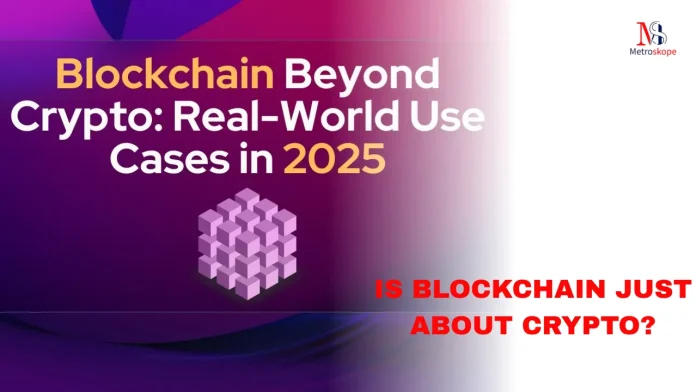The pervasive narrative equates blockchain with cryptocurrencies like Bitcoin and Ethereum—but it’s far more versatile.
high‑impact blockchain applications beyond finance and digital assets.
From supply chains to voting systems, healthcare to energy, smart contracts to decentralized identity, blockchain is quietly transforming industries—often without public attention.
Is Blockchain Just About Crypto?
No, blockchain goes far beyond cryptocurrency. While it’s the backbone of Bitcoin and Ethereum, blockchain also powers secure digital identities, transparent supply chains, decentralized voting, healthcare records, smart contracts, and more.
It’s transforming industries by offering trust, automation, and tamper-proof data without needing centralized control.
What Blockchain Really Is
At its core, blockchain is a decentralized, immutable, and transparent ledger system. Instead of data being stored in a single database, it’s distributed across thousands of nodes.
These nodes validate and record transactions via cryptographic consensus mechanisms like Proof‑of‑Work or Proof‑of‑Stake. 20 Real‑World Uses You’re Ignoring Once data is written, it cannot be altered—offering trust without intermediaries .
Key attributes include:
- Decentralization: No single authority controls the network.
- Immutability: Records are permanent and tamper-resistant.
- Transparency: Transaction histories are open and verifiable.
- Smart Contracts: Self‑executing contracts that run when conditions are met
These features enable blockchain to disrupt legacy systems across sectors 20 Real‑World Uses You’re Ignoring.
1. Supply Chain: Provenance & Traceability
Why It Matters
Traditional supply chains lack visibility. 20 Real‑World Uses You’re Ignoring, Consumers and regulators struggle to verify origin, authenticity, or ethical sourcing.
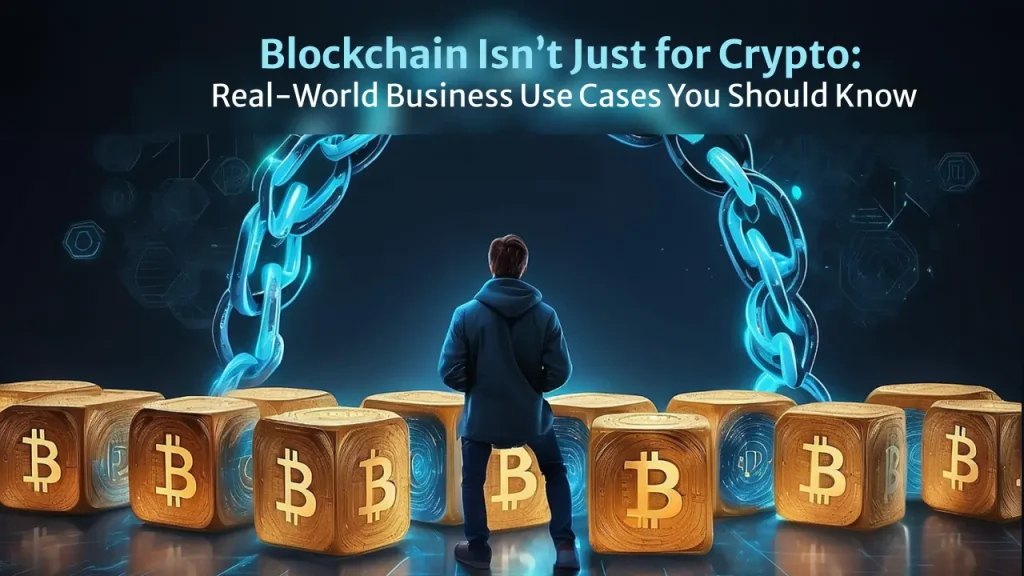
Blockchain solves this by logging every step—from raw material to finished product—with time‑stamped, tamper‑proof entries.
Real‑World Examples
- IBM Food Trust (Walmart, Nestlé): Enables tracing of food like lettuce and pork from farm to shelf in seconds
- OpenSC (WWF Australia & BCG Digital): Platform logs ethical sourcing of seafood and palm oil. Consumers scan QR codes to view provenance.
Benefits
- Rapid traceability during contamination issues.
- Fraud detection and reduction of counterfeit goods.
- Enhanced consumer trust and regulatory compliance.
2. Digital Identity & Privacy
The Problem
Centralized identity systems (e.g. Aadhaar, credit bureaus) are vulnerable to breaches and misuse. Blockchain empowers self‑sovereign identity, giving individuals control over their data.
How It Works
Users store identity credentials on-chain; third parties verify without accessing sensitive data. Access is controlled via private keys.
Real‑World Use
- Microsoft ION: Decentralized identity layered on Bitcoin, enabling global, user‑controlled digital IDs.
Benefits
- Reduces identity theft and centralized data exposure.
- Streamlined cross-border authentication without central authority.
3. Healthcare & Pharmaceuticals
Data Management
Healthcare data is sensitive and fragmented across hospitals, labs, insurers. Blockchain offers immutable records, secure sharing, and patient consent logs.
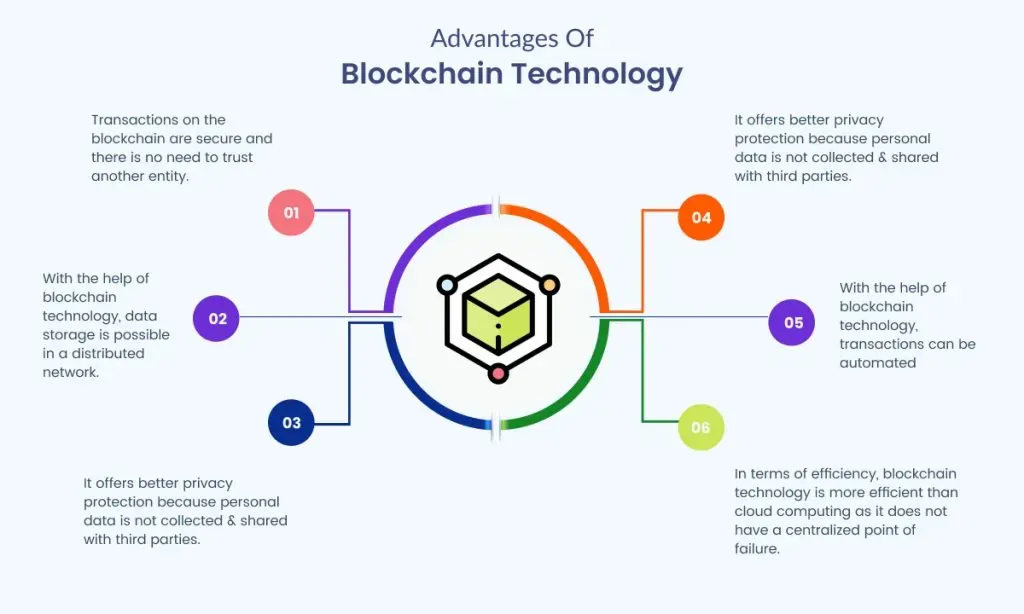
Supply Chain Integrity
Drug counterfeiting is a global threat. Blockchain ensures transparent tracking from manufacturing to pharmacy
Clinical Trials
Timely, tamper-proof records boost research credibility and regulatory compliance.
Benefits
- Enhances medical data privacy and interoperability.
- Reduces fraud and counterfeiting in the drug supply chain.
4. Voting & Governance
The Challenge
Elections face hacking concerns, recount issues, and lack of voter trust. Blockchain voting ensures transparency and accurate tallying .
Implementation
Blockchain-enabled platforms like MiVote use token-based systems with anonymized votes that are traceable and immutable
Benefits
- Minimizes electoral fraud.
- Ensures vote verifiability and transparency.
- Increases voter confidence in democratic processes.
5. Smart Contracts & Tokenized Bonds
What They Do
Smart contracts automate processes—funds release, contract execution—without intermediaries. Tokenization extends to assets like bonds
Real‑World Use
- Smart Bonds: Deutsche Bank, World Bank, and others have issued bonds on blockchains for automated settlement and transparency
Benefits
- Reduces intermediaries and manual reconciliation.
- Cuts costs, increases transparency.
- Accelerates settlement and reduces errors.
6. Real Estate & Property Rights
Bottlenecks
Real estate transactions involve manual paperwork, title issues, and intermediaries.
Blockchain Fix
Immutable ledgers store property titles; Propy enables tokenized property sales; decentralized registries simplify transfers
Benefits
- Cuts fraud risk and intermediary costs.
- Enables fractional ownership and liquidity via tokenization
7. Energy & Utilities
Decentralizing Power
Traditional power systems are centralized and inefficient.
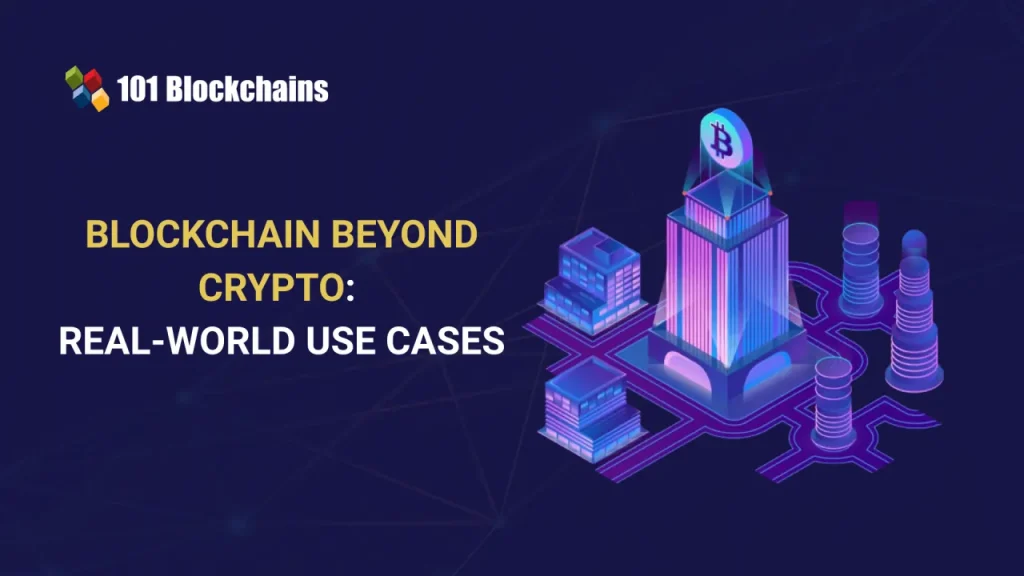
Blockchain Use
Peer-to-peer energy trading allows households to sell excess solar power to neighbors via smart contracts
Benefits
- Optimizes energy distribution.
- Reduces dependency on central grid operators.
- Encourages green energy adoption.
8. Cybersecurity & Edge Computing
Centralization Risk
Central servers are major hacking targets.
Blockchain Solution
Decentralized storage mitigates single-point failures. In IoT, blockchain improves authentication and data integrity at the edge
Benefits
- Reduces hacking vulnerability.
- Ensures secure, authenticated data flows in smart devices.
9. Supply Chain Finance & Trade
Traditional System
Lack of transparency delays finance, increases risk in trade.
Blockchain Solution
Platforms like TradeIX enable transparent, faster financing based on transaction records
Benefits
- Speeds up invoice financing.
- Reduces fraud and financing costs.
- Opens financing for SMEs.
10. NFTs in Science & IP
Beyond Art
NFTs aren’t just digital art—they can represent patents, IP, and medical data
University Example
UC Berkeley tokenized Nobel patents to fund research with NFT auctions
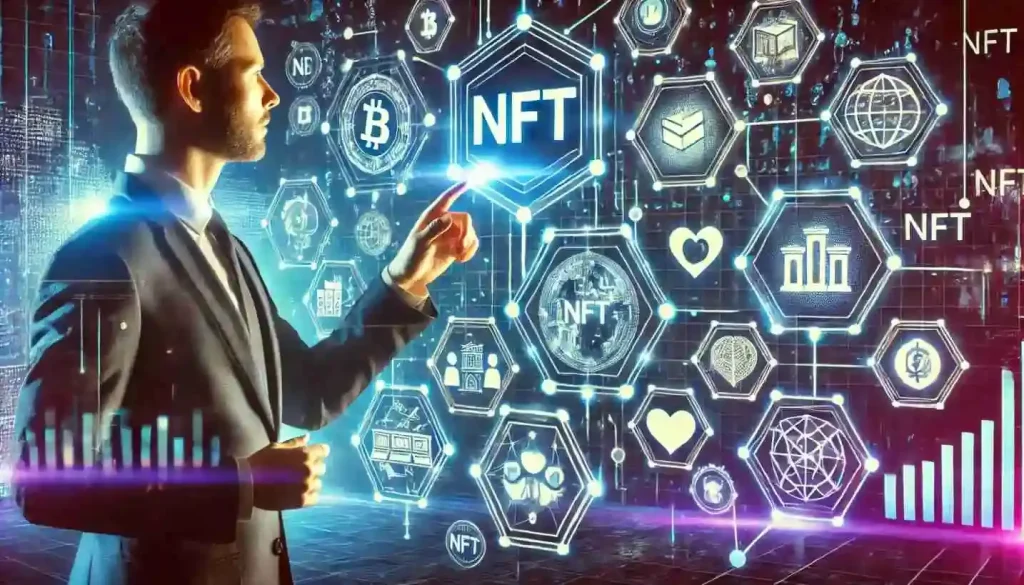
Benefits
- Enables transparent ownership and royalty tracking.
- Drives new funding models for research and innovation.
11. Insurance & Reinsurance
Problem
Insurance claims are often delayed by paperwork and fraud.
Blockchain Solution
Smart contracts can auto-verify claims and trigger payouts instantly .
Benefits
- Enhances claim processing speed.
- Reduces fraud and improves policyholder experience.
12. Retail, Loyalty & Advertising
Issues
Ad systems lack transparency; loyalty points are siloed.
Blockchain Use
- Loyyal offers tradable loyalty tokens.
- NYIAX uses smart contracts for transparent ad inventory transactions
Benefits
- Increases user trust in ads.
- Unlocks loyalty point liquidity and cross-brand usability.
13. Luxury Goods Authentication
Problem
Luxury items are prone to counterfeiting.
Blockchain Solution
The Aura Consortium (brands like Dior, Prada) logs products on private blockchain for authenticity tracking.
Benefits
- Validates product authenticity from factory to consumer.
- Meets EU regulations for digital product passports.
- Enhances brand value and customer confidence.
14. Decentralized Finance (DeFi) & Stablecoins
Beyond Crypto Investing
DeFi platforms allow lending, borrowing, and yield—all without traditional banks
Stablecoins
Digital assets like JPMD, PayPal USD, and Circle’s USDC integrate blockchain into mainstream finance, aiding instant payments
Benefits
- 24/7 financial services.
- Lower fees and global access.
- Institutional integration into tokenized markets.
15. Government & Welfare Systems
Public Sector Challenges
Transparency and leakage hinder welfare programs.
Blockchain Role
Projects (e.g., in Uttar Pradesh) propose blockchain for transparent fund disbursement and real‑time audits via geo-tagging and smart contracts
Benefits
- Minimizes corruption and leakage.
- Speeds up fund delivery.
- Enables decentralized verification.
16. Cybersecurity & Encrypted Messaging
Trust Issue
Central data stores are vulnerable to leaks.
Blockchain Fix
Encrypted messages on-chain ensure auditable, tamper-proof communication layers.
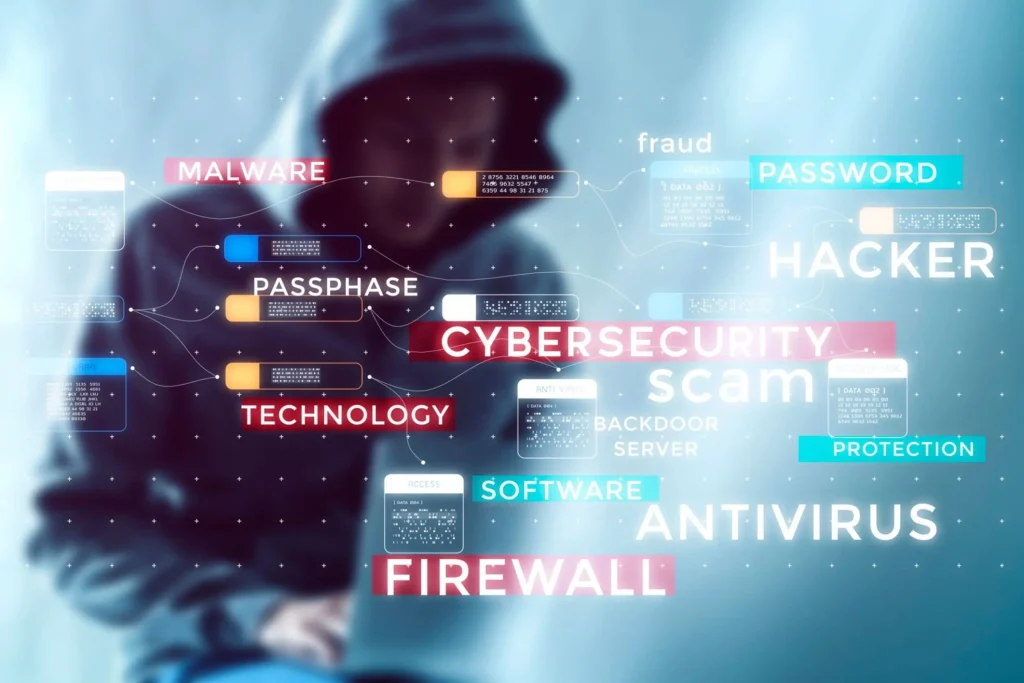
Benefits
- Enhances message integrity.
- Protects sensitive communications.
17. Cross-border Payments & Trade
Banking Limitations
International wire transfers are slow and expensive.
Blockchain Advantage
Stablecoins and cross-border DLT systems enable fast, low-cost global payments.
Benefits
- Near-instant settlements.
- Reduced intermediary fees.
- Enhanced accessibility for remittances.
18. DRM & Copyright in Media
IP Theft
Creatives struggle with unauthorized use and unclear ownership.
Blockchain Solution
Timestamped records and smart contracts can manage licensing transparently.
Benefits
- Efficient royalty distribution.
- Clear attribution and usage tracking.
- Trust in digital ownership.
19. Ticketing & Event Management
Frauds
Fake tickets and scalping plague events.
Blockchain Use
Platforms like Aventus use smart contracts to issue unique, traceable tickets.
Benefits
- Reduces fraud and resale issues.
- Verifiable event attendance.
20. Future: DAOs, IoT, Sustainability
DAOs
Decentralized Autonomous Organizations use blockchain for governance and shared decision-making.
IoT Integration
Blockchain secures device-to-device trust in smart homes and Industry 4.0 .
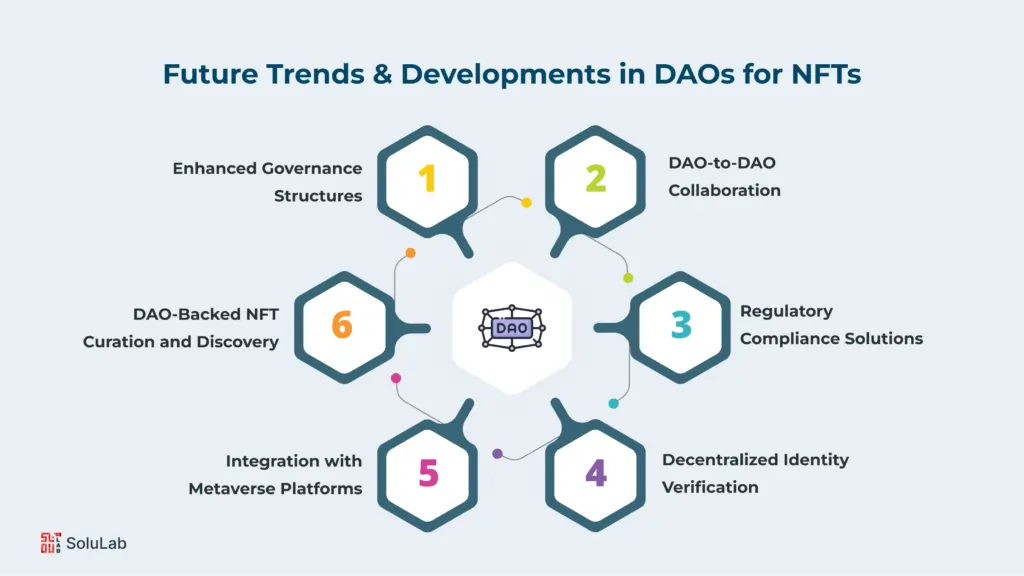
Sustainability
Blockchain enables traceability in ESG initiatives and renewable energy credits.
Blockchain Is More Than Crypto
Blockchain’s real power lies outside headline-grabbing crypto. Its transparency, security, automation, and traceability are transforming:
- Supply chains, food safety, and luxury authentication
- Digital identity and voting systems
- Healthcare, real estate, and energy
- Finance, insurance, media, ticketing
- Governance, decentralized governance, and IoT

